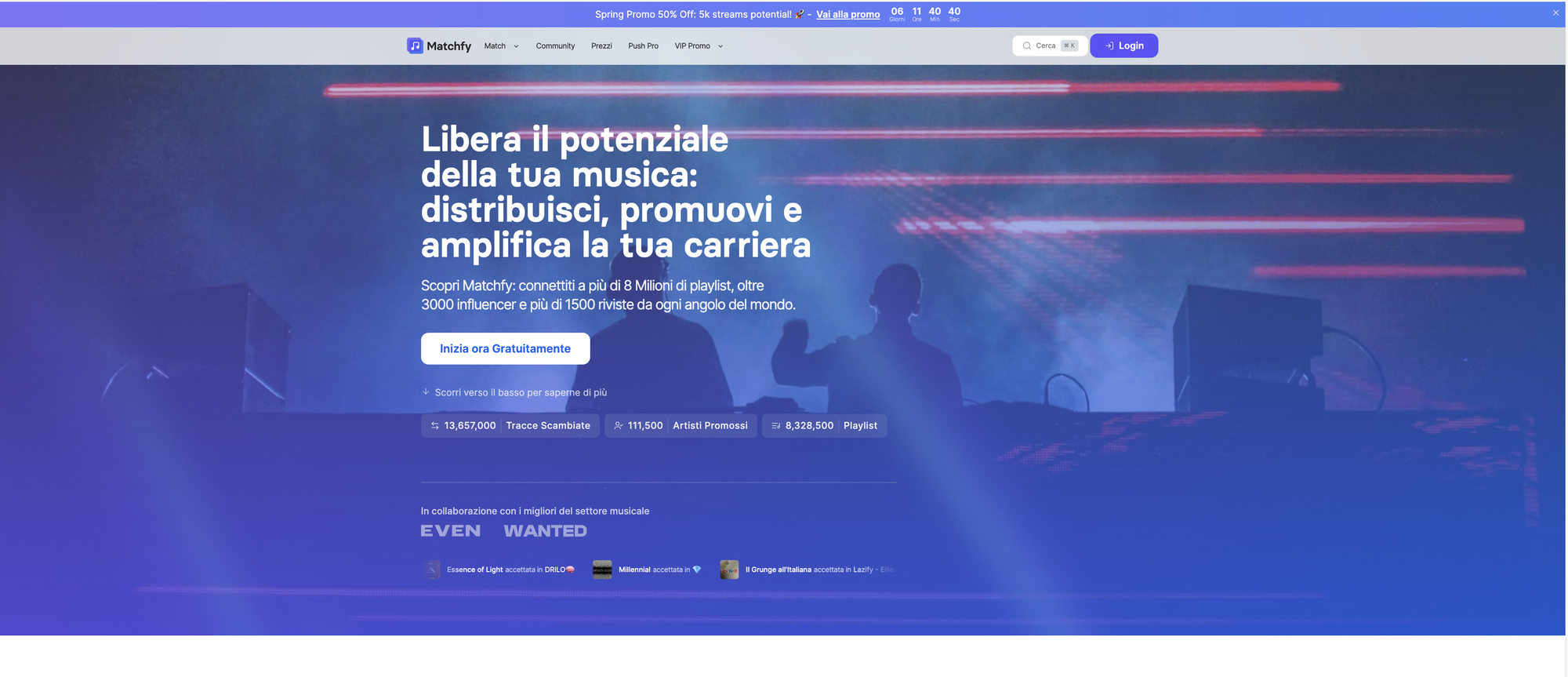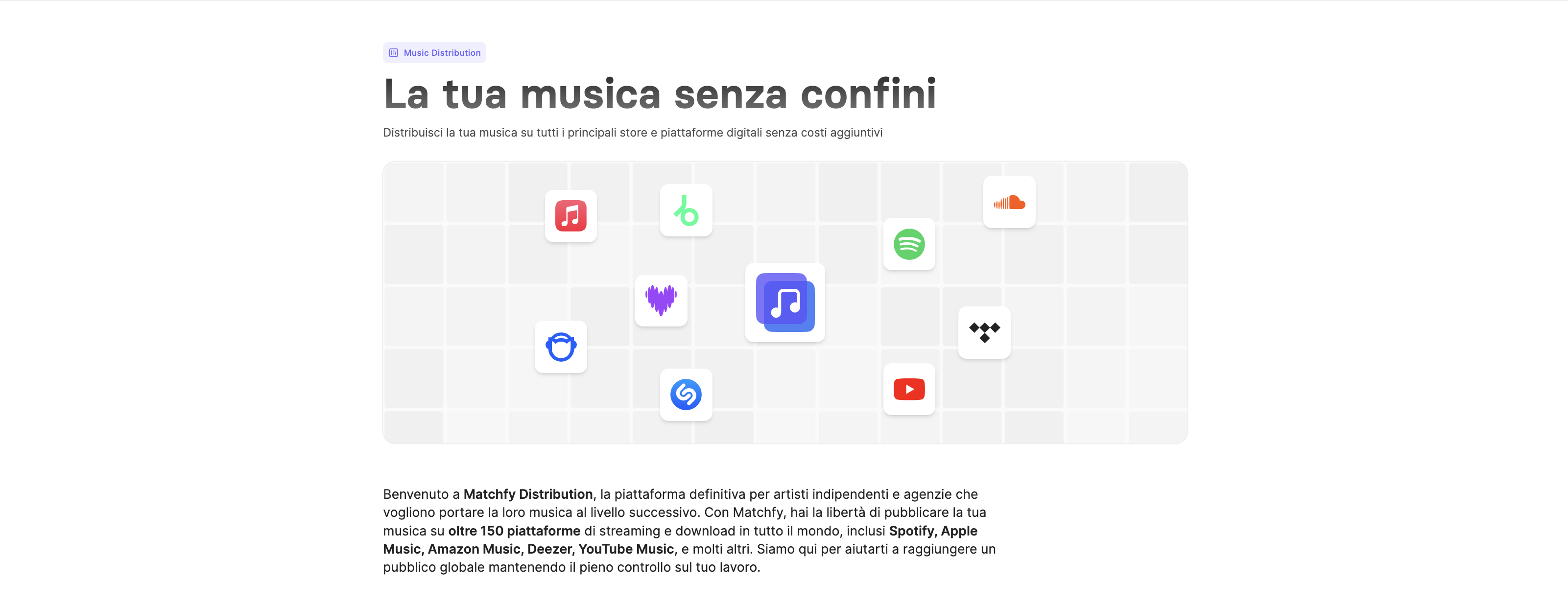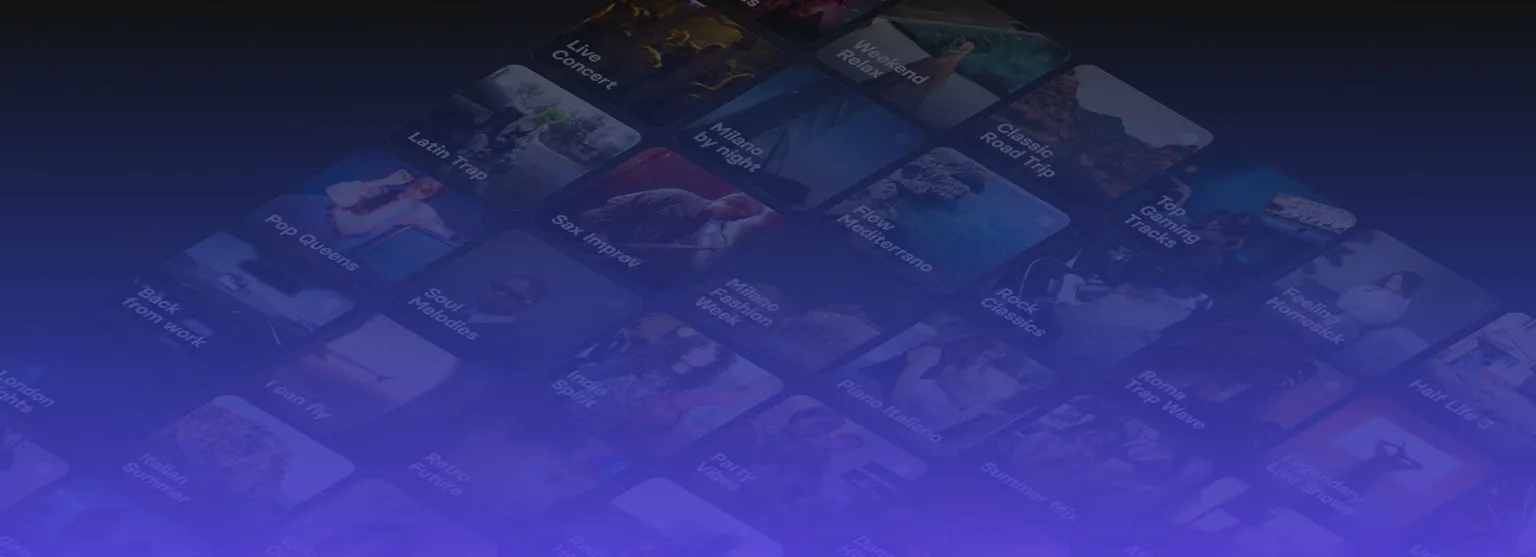
If you’re an independent artist ready to share your music with the world, choosing the right digital distribution model can feel like a big decision. Should you go for a pay-per-release system, where you pay once for each single, EP, or album you upload? Or is it smarter to subscribe to an annual distribution plan that lets you release as much as you want for a fixed fee?
Both options have pros and cons and the best choice depends on how often you release music, what tools you need, and how you plan to grow your career. In this guide, we’ll break down the two models, explore their benefits and drawbacks, and help you figure out which one fits your artistic goals.
Here's what we're going to talk about:
- The annual subscription model
- The pay-per-release model
- Comparing the two models
- Real-world scenarios
The annual subscription model: unlimited releases for a fixed price
The subscription model has become the go-to choice for many artists, labels, and producers who release music regularly. Instead of paying every time you upload a new track, you pay an annual fee that gives you ongoing access to your distributor’s services.
This approach typically allows for unlimited releases, meaning you can drop singles, EPs, or full albums whenever you like, without worrying about additional fees each time.
What makes this model appealing is that many subscription plans include extra features beyond simple distribution. Depending on the distributor, these can include:
- Advanced streaming analytics to track your plays, listeners, and growth.
- Playlist pitching tools to help your songs get noticed on Spotify or Apple Music.
- Smart links that make it easy to share your music across multiple platforms.
- Marketing and promotional support, often built directly into the dashboard.
Some distributors also allow your music to stay live on streaming platforms even if you cancel your subscription, though this varies. Others may require you to maintain an active plan to keep your tracks available, so it’s always worth reading the fine print.
Are you an independent artist who doesn't know how to release music on his own? Don't worry, we created a full guide to help you do it easily!
Who benefits most from the subscription model?
This setup is ideal for artists who release frequently — maybe one or two tracks every month — or those managing multiple projects. Over time, it’s more cost-effective than paying for each release separately.
It also provides access to valuable professional tools that help you analyze performance, grow your audience, and improve your overall marketing strategy.
In short, if music is a consistent part of your career or brand, an annual subscription can simplify your workflow and save you money.
Why the subscription model works for active artists
If you’re someone who releases multiple tracks a year or manages several projects, this model can save both time and money. The predictable yearly fee makes budgeting easier, and you gain access to professional features that help you grow your fan base.
For artists committed to building a long-term career, the subscription model aligns well with a consistent release strategy and pairs perfectly with platforms like Matchfy, which can promote your distributed tracks to playlist curators, influencers, and fans once they go live.

The pay-per-release model: simple, flexible and risk-free
The pay-per-release model works very differently. Here, you pay a one-time fee every time you upload a single, EP, or album. There’s no ongoing subscription, you pay only when you actually publish something.
This model appeals to artists who release music occasionally or want to test a distributor before committing to a long-term plan.
It’s straightforward: you upload your track, pay for that specific release, and it goes live on all major streaming platforms, usually forever, unless the distributor specifies otherwise.
The trade-off is that extra features like analytics dashboards, marketing tools, and playlist submissions may not be included. Some distributors offer these as paid add-ons, but they’re rarely as extensive as what you’d get with a full subscription.
Who benefits most from the pay-per-release model?
This approach suits artists who:
- Release only a few songs per year.
- Are experimenting with a new project and don’t want to overcommit financially.
- Prefer complete flexibility with no recurring fees or obligations.
- Are testing multiple distributors to compare service quality.
In other words, if you’re a casual or emerging artist, pay-per-release keeps things simple and low-risk. You only pay when you have music ready to go.
If your main goal is to publish music occasionally without long-term costs, pay-per-release is straightforward, transparent, and risk-free. You can always combine it with external promotional services like Matchfy to amplify your reach and gain playlist exposure and it also offers you a Distribution plan.

Comparing the two models: pros and cons
Let’s take a closer look at how these two systems stack up against each other.
Advantages of the subscription model
- Unlimited releases throughout the year for a predictable, flat cost.
- Access to professional features like marketing tools, playlist pitching, and analytics.
- Ideal for artists or labels managing multiple projects.
- Helps streamline workflow, one annual payment covers everything.
Disadvantages of the subscription model
- If you only release once or twice a year, it might cost more than necessary.
- Some platforms remove your music if you cancel the plan.
- The upfront annual fee may not suit artists on tight budgets.
Advantages of the pay-per-release model
- Total flexibility: no recurring costs or subscriptions.
- Perfect for artists who release infrequently or want to try new distributors.
- One-time payments are easier to manage for small budgets.
- Great option for testing the market with a few singles.
Disadvantages of the pay-per-release model
- Can become more expensive if you release music regularly.
- Often lacks built-in marketing and analytics tools.
- Each release requires new payment and setup time.
Ultimately, your choice depends on how much music you plan to release and how deeply you want to engage with the promotional and analytical side of your career.
Real-world scenarios: which model fits your style?
To make things clearer, here are a few real-world examples:
1. The casual creator
You record music for fun, releasing one or two tracks a year, maybe as side projects or passion pieces. You’re not trying to build a large following yet.
The pay-per-release model is best. It keeps costs low and avoids unnecessary commitments.
2. The consistent artist
You publish multiple singles or EPs every few months and are steadily building a fan base. You care about your analytics and marketing opportunities.
The subscription model offers better value and tools to support your long-term growth.
3. The experimenter
You’re testing different genres or distributors and want to see how each platform handles your releases.
Pay-per-release gives you flexibility to experiment without locking into a yearly plan.
4. The independent label or collective
You manage several artists or projects and plan frequent releases. A subscription plan can dramatically lower costs and streamline administration.

Making the right decision for your music
When choosing between pay-per-release and subscription, think about your release schedule, budget, and career goals.
Ask yourself:
- How many tracks do I expect to release this year?
- Do I need marketing and analytics tools, or just basic distribution?
- Is my priority cost-control or convenience?
If your focus is on growth, visibility, and professional tools, then the subscription model is likely your best ally. It provides long-term value and simplifies your release strategy.
If, however, you’re still building your catalog or only release occasionally, pay-per-release keeps things affordable and flexible while you develop your sound and audience.
Conclusion
Whether you choose pay-per-release or subscription, both models ultimately aim to help you distribute your music worldwide. The right choice depends on how you want to balance cost, frequency, and promotional needs.
For artists looking to grow consistently, a subscription plan, combined with Matchfy’s promotional support, provides a professional ecosystem to release, track, and promote music efficiently. No matter which path you take, the most important thing is to keep releasing, keep promoting, and keep growing. Every track you share is a new opportunity to reach listeners, gain fans, and strengthen your presence in the global music scene.

